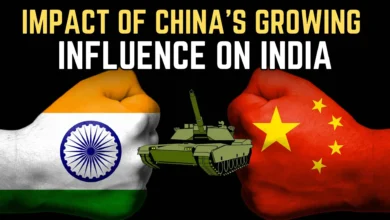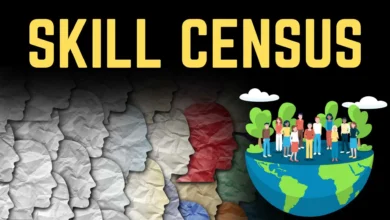Types of Government – Which is the Best?
TYPES OF GOVERNMENT
INTRODUCTION
What is the purpose of the term government? According to Thomas Jefferson, “its purpose is to allow for the preservation of life & liberty along with pursuit of happiness”. It is a collective term which refers to the some group of people who have been given the power to control a state at a given point of time. It is mainly concerned with 3 duties under its territory.
Firstly to protect the nation which it holds, its people, places, wealth, etc. from any sort of danger. Secondly it should maintain peaceful relations within its territory. Lastly, it must ensure that every family unit of the nation should have a means of livelihood.
QUOTES
“The government solution to a problem is usually as bad as the problem.” –Milton Friedman
“Government is not the solution to our problem. Government is the problem” – Ronald Reagan
“Even to observe neutrality you must have a strong government. “– Alexander Hamilton
STATISTICS – What Numbers have to Say?
- There are 20 countries in the world that have complete democratic nature – It requires a score between 8.01 and 10. The numbers indicate Democracy Index compiled by the Economist Intelligence Unit.
- Norway tops the Democratic Index with score of 9.87 followed by Iceland(9.58), Sweden(9.39) etc.
- The lowest score is for North Korea(1.08) followed by Syria(1.43). India scored 7.23
- There are about 25 countries in the world with Federalism form of government.
DESCRIPTION – Let’s take a Deep Dive
Considering government term as a whole, it consists of various different forms lets, such as Anarchy, Aristocracy, Bureaucracy, Capitalism, Colonialism, Communism, Democracy, Federalism, Feudalism, Kleptocracy, Meritocracy, Military Dictatorship, Monarchy, Oligarchy, Plutocracy, Republicanism, Socialism, Theocracy, Totalitarianism, Tribalism.
Let’s have a look into some of them:-
1) Democracy: – This the most common form of government which we all generally know, where people residing in that nation are given a direct role of choosing their leadership. Democracy is a mixture of free elections, civilian participation, protection of human rights & law governance.
2) Colonialism: – It is a form of government wherein the nation will seek to extend its sovereignty over other territories. In simple terms, it involves the expansion of a nation’s rule beyond its borders.
3) Military Dictatorship: – Dictatorship governance is a nation ruled with absolute power, this authority usually heads the nation’s armed forces. It will often prioritize law & order over due process, civil liberties & political freedom.
4) Totalitarianism: – It is basically an authoritarian form of government in which the ruling party recognizes no limitations whatsoever on its power, either in the public or private life of its citizens.
5) Plutocracy: – It is defined as a system of rule in which power is determined as a direct function of wealth. It mirrors the economic hierarchy of aristocratic systems but lacks the philosophical imperatives to justify the latter.
Read More: Democracy Vs Monarchy
What types of Government does China have?
– The 4 divisions known as the executive, legislative, judiciary & military, form the Communist Government of the PRC – People’s Republic of China.
Type of Government in USA?
– Federal government having 3 branches – judicial, legislative and the executive.
– India is a parliamentary democratic republic, President of India – Head of State.
What types of government does France have?
– France has a semi-presidential system of government.
GOOD SIDE
- In the democracy form of government, aim is to protect individual rights & the input is taken from many different sources to make a government decision
- Democratic government promotes equality which means that all the people are equal as far as the law is concerned. Every person has the right to experience & enjoy equal political, social & economic rights.
- Dictatorship government is very organized, controlled & disciplined in nature, chances of a public protest & riots are very less in this type of government.
BAD SIDE
- Considering a democratic government, it takes more time to make decisions & is usually more expensive & time- consuming to take out decision collectively.
- It might instigate corruption also because the ones who are elected to have the ultimate power they might resort to some unethical means for the personal interests and engage in corrupt practices. During their term they might put the interests of the masses at the backseat.
- Dictatorship government limits the individual rights & curtails right to freedom for every individual residing under that type of government.
CONCLUSION
Aggregating, we can say that, governance is the process of making and implementing collective decisions for a society. It sets & administers public policy & exercises executive, political & sovereign power through different means of customs, institutions & law within that regulatory land. Lastly, Government ! You can’t live with it! You can’t live without it!
Thank you!
Must Explore



